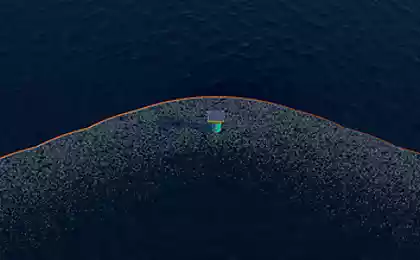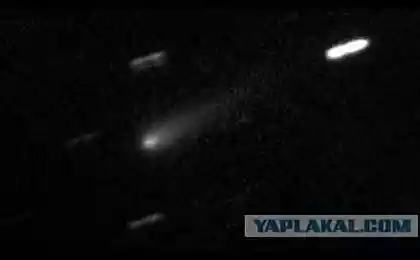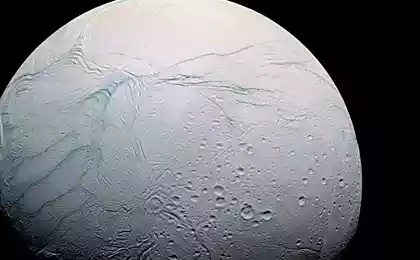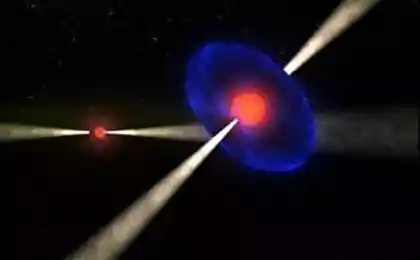1453
Can exoplanet astronomers to see the ocean?
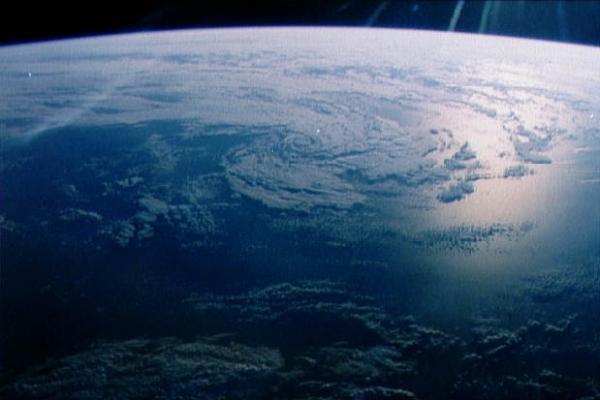
In recent years, an astronomical environment attempts to develop a method that allows to detect ocean of liquid water on the surface of extrasolar planets. The importance of this finding is clear: biologists claim that the ocean - a necessary prerequisite for life. However, according to a recent survey, astronomers may well find the ocean instead of something else.
Liquid water under the light of a nearby star tends to shine, shimmering at the same time. It would seem that it can detect an ocean of liquid water, even when the planet itself is not possible to see. Actually, lunar or solar path on the water must be very clearly seen from space. And photos from satellites confirm this.
Reflection of sunlight from the Earth's oceans from space looks very noticeable. (Illustration STS-05, NASA, JSC.)
With the passage of the planet phase "sickle" at a time of day when we see part of her unlit surface albedo should be changed periodically, due to gloss surface.
But a group of researchers from Northwestern University (USA) under the overall leadership of Nicolas Cowan decided to find out whether we can be confused with such fluctuations something else. For this was modeled Earth during its annual cycle, as if observed from another planetary system.
From the model were previously excluded specular reflection of light from the Sun surface of the oceans. As if the oceans on our planet has never been. Nevertheless, periodic outbreaks - increase the albedo at varying intervals - to identify possible. What the Commission, the creator?

Planets with a slight tilt axis, like Earth, were prone to sudden and strong changes in albedo between about 22 June and 22 December in the northern first, and then in the southern hemisphere. Then, when the Earth will look for alien astronomers sickle reflection ice polar caps will dramatically increase the albedo compared with periods of about 22 September and 22 March, when the illumination poles closer to the equatorial regions of illumination. "The problem is that the light is reflected precisely those areas where a lot of ice. That is, the probability of an active life there is small "- said Mr. Cohen. Let's say there is water ice in the polar regions of the Moon and Mercury, but there is no life.
And the less ekzookeany can find, although other methods. First proposed by researchers way - color variations: in one hemisphere dominates the ocean, and in another - the land, the surface color will change regularly. The second search engine - partial polarization of the light reflected from the oceans (water substantially polarizes the refracted light). The third method involves tracking reflection in the visible disk of the period of decreasing throughout the year the planet. If the seasonal variation of albedo will not, and will be stable daily, the option of light reflection polar ice will be to reject and assume that we are talking about the ocean. However, all these mechanisms operate reliably only for planets on average covered by clouds no more than 50% (however, the Earth and it is not).
More than just a photograph. Part 28. (30 photos)
Completed a major test of the engine system kosmolёta Skylon





